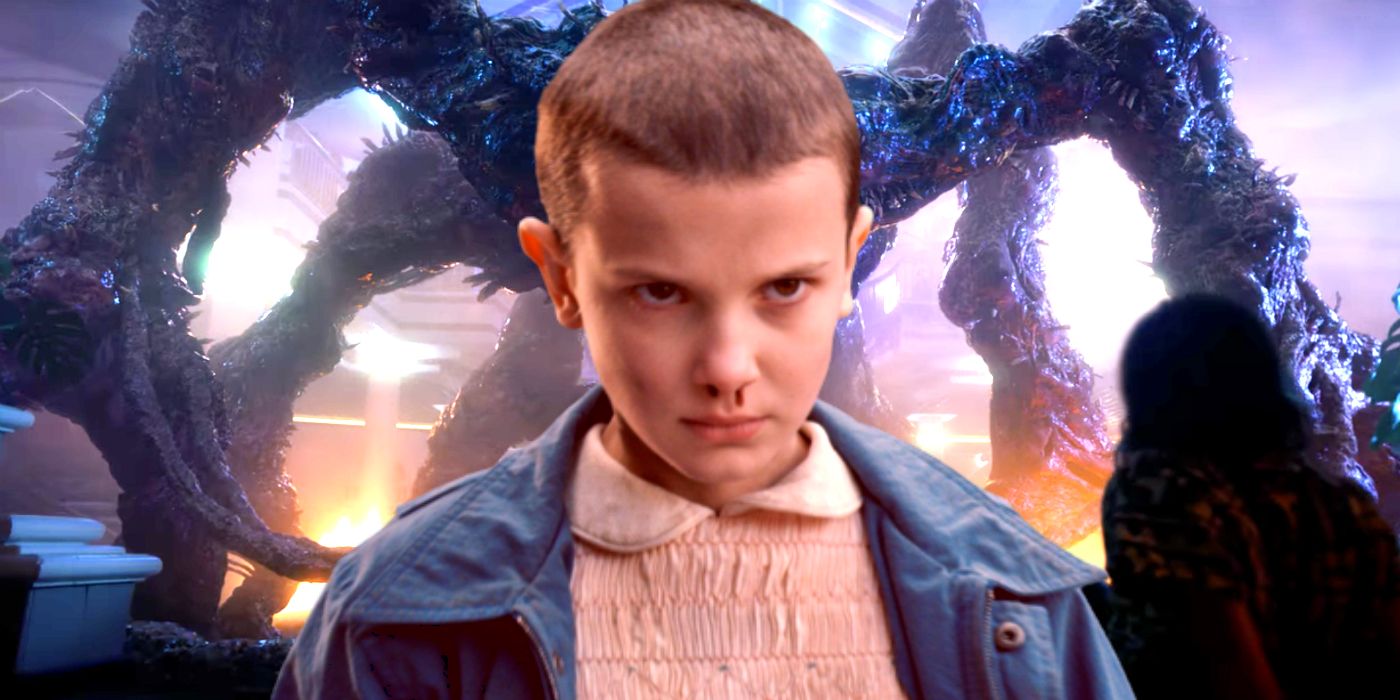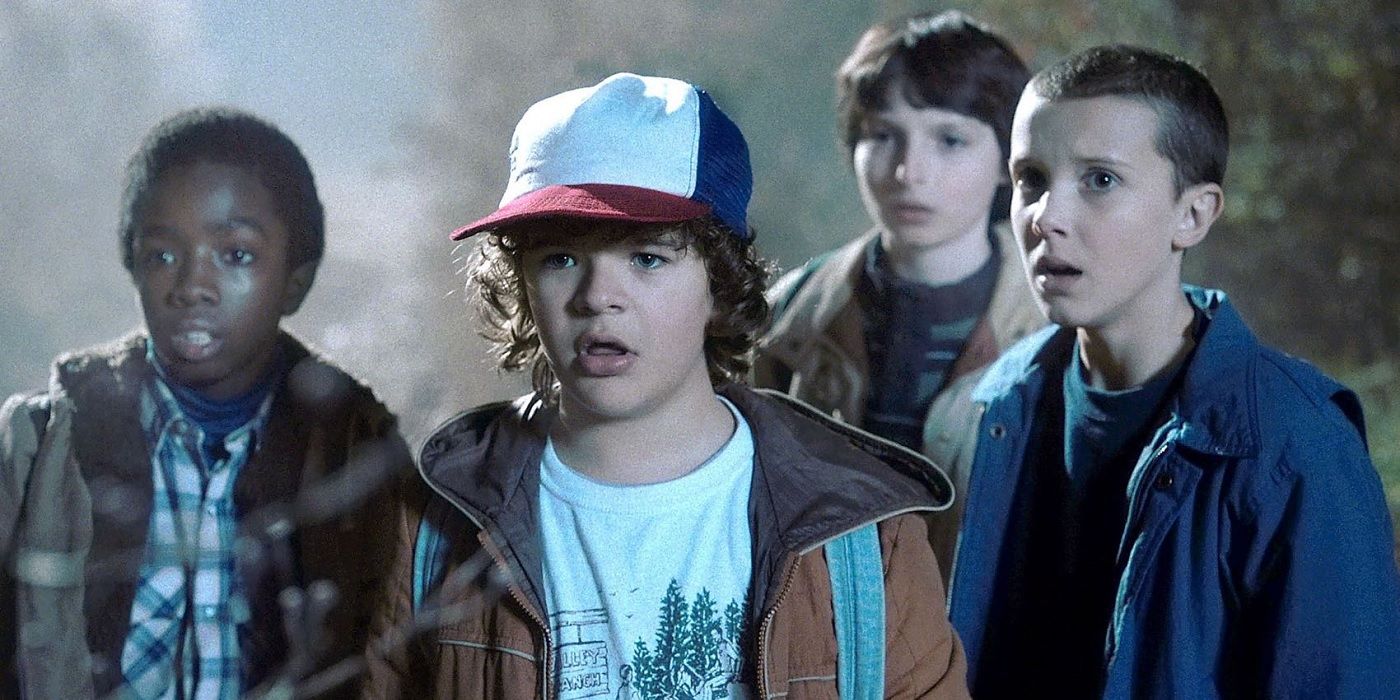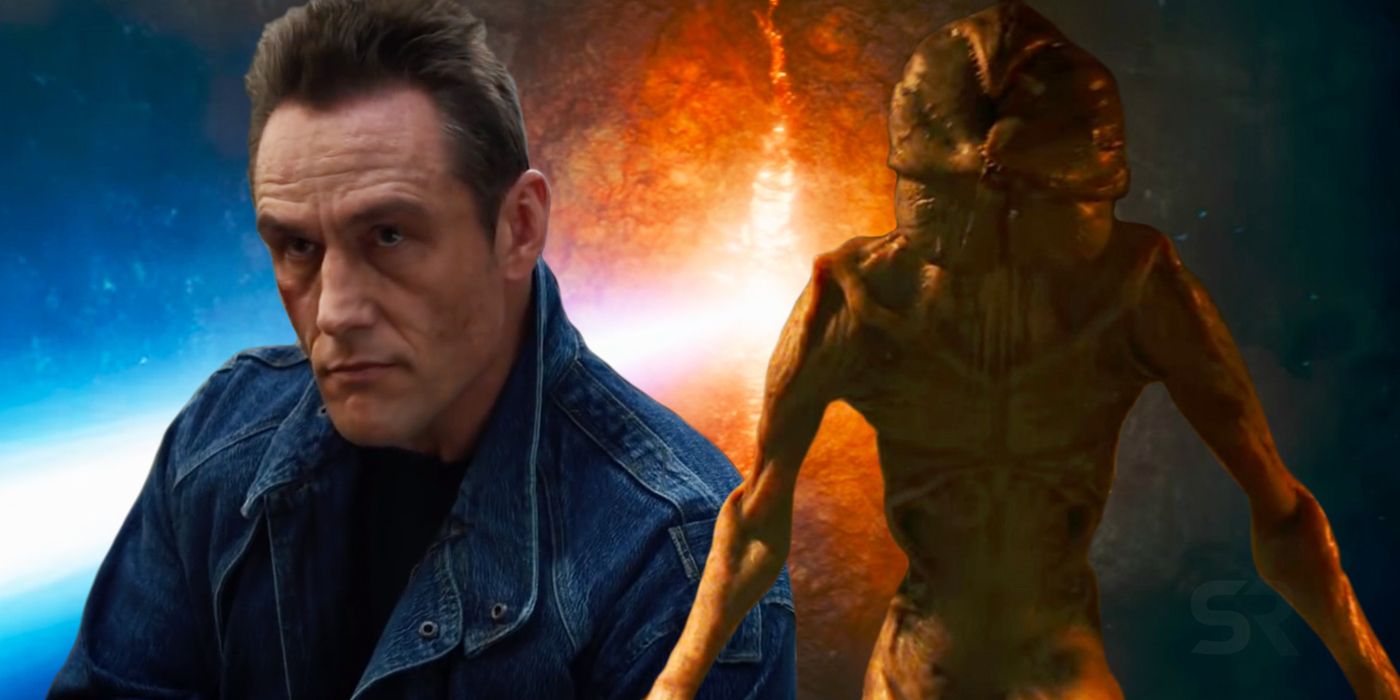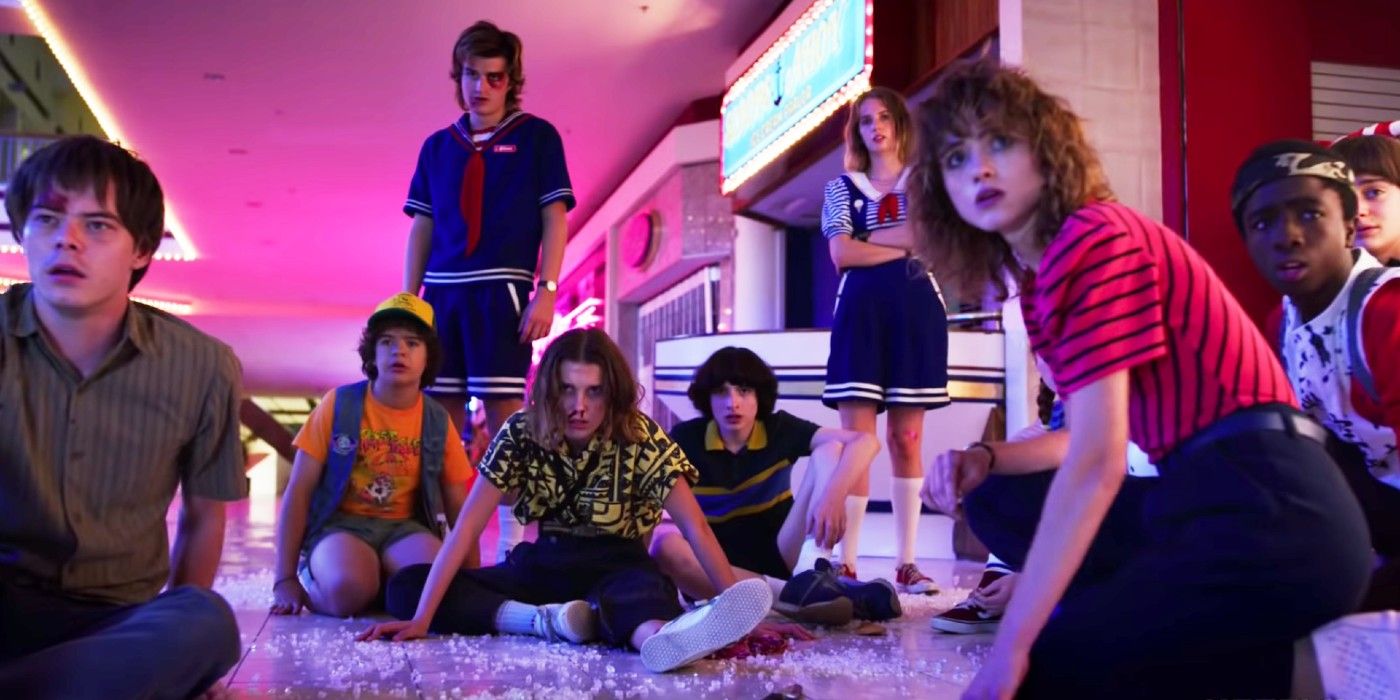The Netflix megahit Stranger Things is currently filming season 4, but the show needs to return to its more modest season 1 roots to keep things fresh for fans. Released in mid-2016, Stranger Things season 1 was a massive word-of-mouth success for the streaming giant Netflix. And it deserved to be, as the Duffer Brothers’ inventive sci-fi horror/coming-of-age 80s nostalgia trip was a beautifully-realized love letter to the pop culture of the decade.
Beginning as a slow-burn homage to classic 80s kids adventure movies such as The Goonies and Explorers as well as darker genre fare such as the horror films of John Carpenter, Stranger Things managed to deftly navigate both teen dramedy and creepy mystery with a patient pace. The show gradually ramped up the stakes across season 1 as what began as a small-town mystery eventually incorporated a (sort-of real) government conspiracy, an inter-dimensional monster, and some van flipping telekinesis.
Stranger Things: Where Every Hawkins Lab Test Subject Is Before Season 4
Since those (comparatively) modest early days, Stranger Things has grown in scope with each passing season. Where season 1 featured a lone Demogorgon on the loose, season 2 featured dozens of Demo-dogs and a massive multi-story Mind Flayer that had to be exorcized out of poor Will Byers. Stranger Things season 3 expanded the show’s ambitions even further, jumping from the MK Ultra-inspired government conspiracy plot of the first two outings to a massive, sprawling story of secret Russian bases, a body-snatching bully amassing a giant Mind Flayer built out of townspeople’s bodies The Blob-style, and a Terminator-inspired hitman on the tail of the show’s heroes. But to keep the spirit of the show alive, Stranger Things season 4 needs to what made it so great in the first place.
A Smaller Scope Means Higher Stakes in Stranger Things
Despite the presence of a Demogorgon and the heroine’s ability to kill government agents with her mind, many of the most exciting moments in Stranger Things’ critically lauded first season are scenes of character drama (except maybe the van flip). Season 1 is packed with small moments of interpersonal connection that are as exciting and consequential as the sci-fi action, whether it’s the burgeoning romance (via tons of belligerent tension) between mismatched teens Jonathan and Nancy or Mike’s tentative first crush on El. Back in the small-scale world of the show’s first season, a potentially friendship-ending fight was one of season one’s most dramatic moments. Amongst all the government conspiracies and Demogorgons, the show’s modest ambitions meant that moments which feel hugely important to the young protagonists, like Lucas and Mike’s fight, are granted real resonance in the grand scheme of the season, and their impact on the characters is taken seriously by the show.
By Stranger Things season 3, however, the aforementioned slew of body snatchers, gigantic Mind Flayers, and Russian scientists preclude any opportunity for this sort of subtle inter-personal conflict to have a significant impact on the show’s overarching plot, and the friend group’s dynamics are flatter and less involving for it. Mike and El’s inevitable breakup in season 3 has none of the intended emotional impact the moment could have held because it’s crammed into a season that features three separate (and not particularly interlinked) sci-fi subplots about an unstoppable hitman, a gradually growing rat-monster, and Steve, Robin, and Dustin’s attempts to expose some secret Soviet scientists (who Stranger Things hopefully won't return to).
Too Many Villains Ruins Stranger Things' Believability
Could a Demogorgon really run around a small town picking off kids like Barb and Will without the monster’s rampage garnering national news coverage? It’s not outside the realm of possibility, and neither is anything else about the first season’s modest, small-town mystery. In season 1, Stranger Things made a point of exploiting its 80s setting as the era was famous for its so-called 'latchkey kids', a pre-'stranger danger' generation who were often allowed to roam around unaccompanied and were immortalized onscreen in everything from The Lost Boys to The Monster Squad. It’s just about realistic that one missing kid and one missing teen (Will and Barb respectively) wouldn’t cause mass panic even in a town as small as Hawkins, and as such the first season holds onto the all-important sense of believability that is necessary to ground the show's more outlandish elements, particularly since the Demogorgon looks likely to return in Stranger Things season 4.
Stranger Things Season 4 Can Fix The Show’s Lost Sister Mistake
But could an entire town really not notice that dozens of people, including the staff of their local newspaper, had been absorbed en masse into a giant lumbering flesh monster that is rampaging through the woods and comes within a few feet of invading the local fourth of July festivities? Less likely. The show tried to laugh off this issue in season 2 as Jonathan and Nancy demanded "Justice4Barb", a cute nod to fan’s demands that the series offer her character a proper send-off. But if it’s cruel to imagine that Hawkins could get over the trauma of losing Barb so fast, it’s outright absurd to think that the small town wouldn’t notice local lifeguard Billy Hargrove slowly becoming a monster, multiple missing people turning into a gooey Mind Flayer that runs around in the open and destroys an entire mall in Stranger Things season 3's ending, and the public assassination of a Soviet spy (not to mention the secret Soviet base built beneath the local mall for some reason).
The Cast Is Stranger Things' Best Aspect
Perhaps the most compelling reason for Stranger Things to abandon this growing scale is that the show’s strong suit doesn’t require, or even particularly benefit from, this sort of big spectacle, ambitious action. It’s Stranger Things' cast that won over critics and audiences, particularly when its early outings didn’t feature the most impressive effects on the small screen. Despite the show’s growing reliance on effects-heavy spectacle, the continuing critical love for Stranger Things’ ensemble cast proves that the show doesn’t need to keep upping its stakes and scope with each season. A more reserved and smaller-scale season 4 would give the show a chance to highlight what keeps viewers returning regularly, i.e. the superb chemistry between Stranger Things’ cast members (kids and grown-ups alike).
Despite some solid turns from season standout Dacre Montgomery and reliably great central performances from Finn Wolfhard and Millie Bobby Brown, the show’s third season dealt its cast some weak writing and inconsistent character details that derailed Stranger Things’ usually stellar chemistry. It seems reasonable to suggest that Stranger Things' focus on action set-pieces could have contributed to this sloppy writing, and the bargain wasn't worth it for much of the cast. Lucas in particular suffered, as in the show's third outing the once cocky-but-goofy kid was given a bizarre Coke product placement speech that not even Marlon Brando could have made convincing, while David Harbour’s Hopper went from a likable-if-gruff everyman to a mean-spirited and thoughtless meathead. Shifting the show’s focus back to its characters and relying less on showy effects could allow the creators to redress this imbalance and bring the characters back to their more relatable origins, rooting the likes of Hopper and Mike in a recognizable world whose sci-fi elements don’t stop Stranger Things from having realistic stakes.




